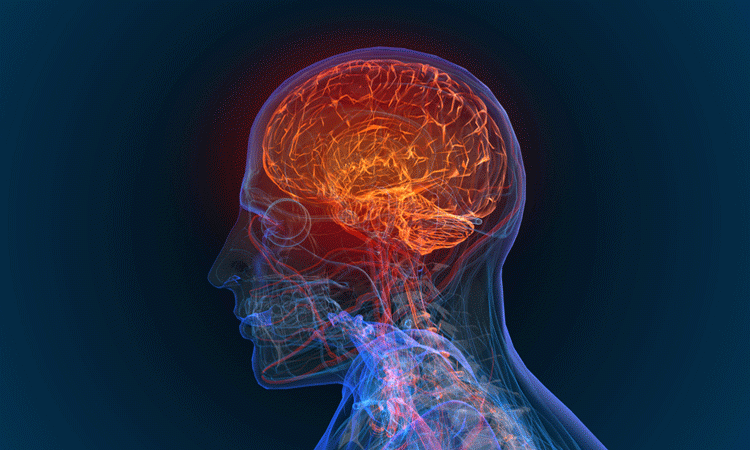Mechanism behind glioblastoma survival revealed by study
Posted: 24 September 2019 | Victoria Rees (Drug Target Review) | 1 comment
Researchers have discovered the process that enables glioblastomas to avoid the effects of the immune system, presenting an immuno-oncology target.


A study has revealed how glioblastoma tumours evade the effects of the immune system. According to the researchers, their findings could be used in the development of immuno-oncology therapies.
The research was conducted by the Instituto de Neurociencias UMH-CSIC and the IMIB-Arrixaca, both Spain.
The team discovered how glioblastomas manipulate the cells that surround the blood vessels of the brain, called pericytes, which are also part of a protective barrier for the organ. The tumour deactivates the anti-tumour function of the pericytes, forcing them to work with expansion of the cancer.
Previous studies have shown that a process called chaperone mediated autophagy (AMC) enables damaged or abnormal proteins to be broken down and destroyed by a cell. This is completed using the chaperone protein.
This work reveals a previously unknown capacity of glioblastoma to modulate AMC in pericytes”
However, the team revealed that the glioblastoma alters this process, by changing the proinflammatory defence function of the pericytes via another immunosuppressive, which favours the survival of the tumour.
Using a mouse model, the researchers verified that blocking this anomalous autophagy hinders the development of the condition. This results in defective adhesion of glioblastoma to the pericyte and the death of cancer cells, which the team say makes it a promising therapeutic goal.
The researchers have also formerly found that the influence of the glioblastoma on the pericyte prevents destructive T lymphocytes from attacking the tumour.
“This work reveals a previously unknown capacity of glioblastoma to modulate AMC in pericytes, and thus promote tumour progression. Our results point to the AMC as a promising therapeutic goal to treat this aggressive brain cancer so far without cure,” says Dr Salvador Martínez, director of the UMH-CSIC Institute of Neurosciences.
The findings were published in PNAS.
Related topics
Drug Targets, Immunooncology, Oncology, Research & Development
Related conditions
Glioblastoma
Related organisations
IMIB-Arrixaca, Instituto de Neurociencias UMH-CSIC
Related people
Dr Salvador Martínez




Good morning,
significance of this study:
Glioblastoma (GB) is the most lethal brain malignancy without an effective treatment. In this study, we demonstrate that tumor-induced change in chaperone-mediated autophagy (CMA) in host perivascular cells is a targetable process to prevent GB progression. CMA regulates pericyte interaction with tumor cells and sustains the acquired immunosuppressive function of pericytes, which is required for tumor survival. Blockage of CMA results in changes in the protein levels involved in cell-to-cell interaction and affects the pericyte secretory phenotype, resulting in defective GB adhesion and diminished tumor survival. This work reveals a previously unknown capacity of GB to modulate host pericyte CMA to assist in its own progression. Our results highlight the possibility of targeting CMA to treat this aggressive disease.
Thanks,
Dr. Marcos Escosa